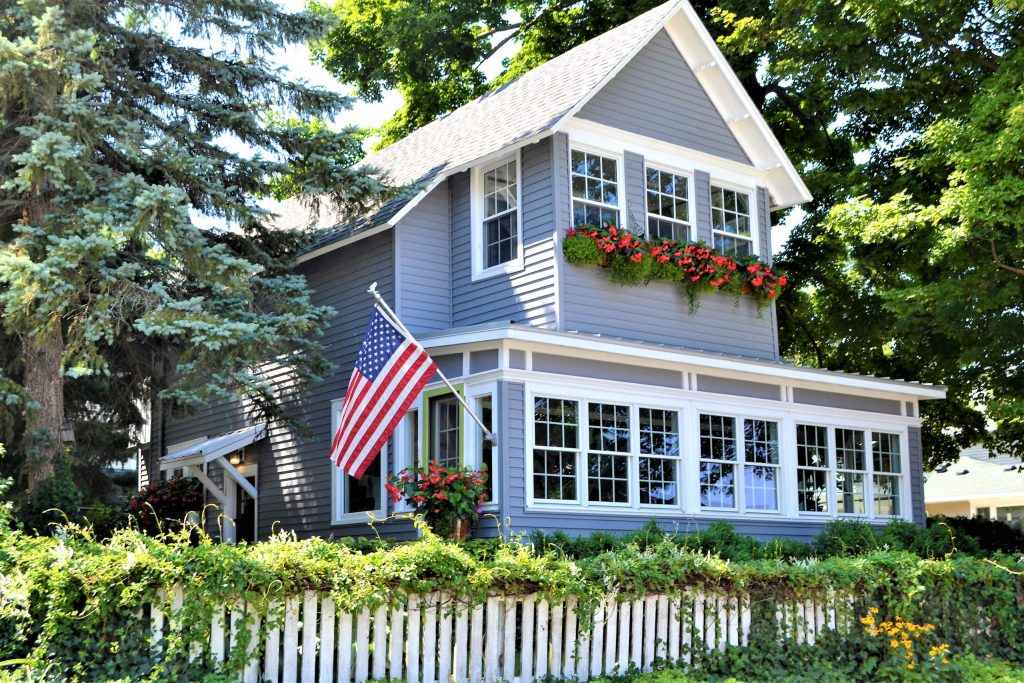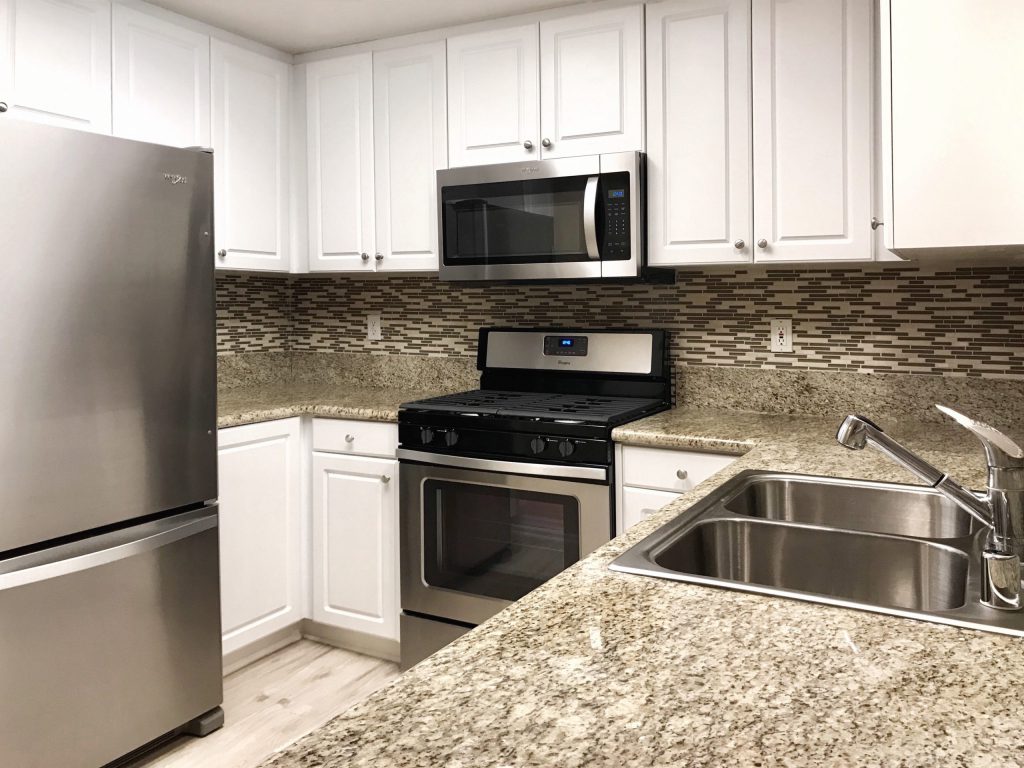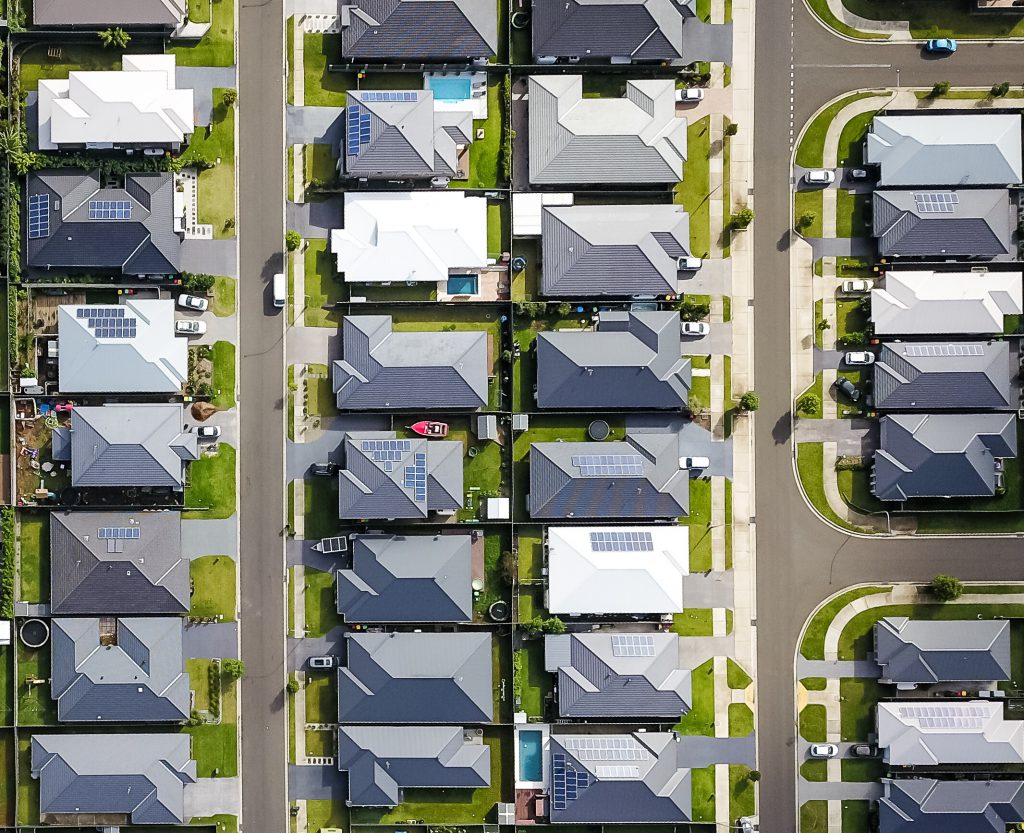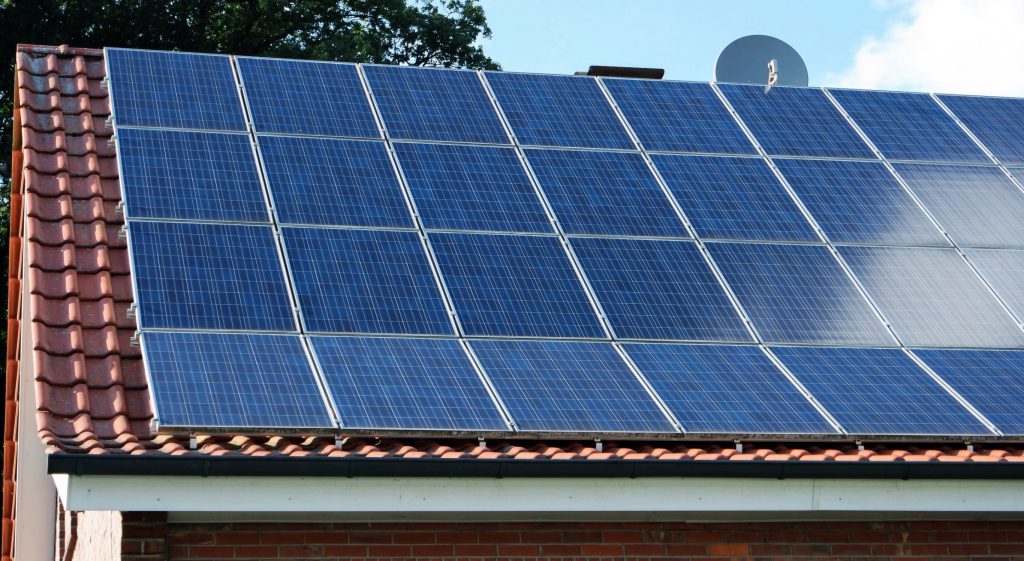Upgrades: Is It Worth Keeping Up With The Joneses?

This post was written in the voice of and with the perspective, invaluable experiences and advice of appraiser, Keven Ewell.
Two Questions for Appraisers

As an appraiser, I always ask the homeowner if they have any questions that I can answer for them. I consistently get the same two questions, first, what is my home worth, and second, what can I do to increase the value of my home?
These are both great questions. The first question allows me to explain the home appraisal process and set the expectation of when I will complete the appraisal. The second question allows me to talk a little bit about the market that the home exists in and how the market reacts to specific criteria in that area.
Home Values in a Neighborhood

Let’s talk about the second question first. I remember as a new appraiser appraising a home and a homeowner asked about which improvements they could make to increase the value of their home. At the time, I thought I knew the market and the process reasonably well, and so I went into great detail and tried to answer the question with what I thought was an accurate answer. However, as I became more experienced as an appraiser, I learned that my amateur answer was not accurate. Ultimately, it is not about what an appraiser thinks is essential in a neighborhood, but what the homeowner’s value in a neighborhood is that’s important.
Over time, my answer has evolved into a very different response from that detailed explanation that I gave those homeowners years ago.
The Joneses Principle

To explain the response that I have developed over the years, let me introduce you to the Joneses Principle; in economics, this principle is known as the Theory of Competition. The principle is simple: a homeowner wants to have what their neighbors have, but they want it to be just a little bit better.
Let me explain how to connect this principle to creating value in a home.
My daughter has been house shopping lately. She came across a house that was priced low in its neighborhood. This home had an on-the-market time that was three times what other homes had in the area. Of course, as an appraiser family, we were curious about why the house was so much cheaper than others. Was it due to the location, the quality of improvement, the condition, or a combination of reasons?
As we looked into the home and the neighborhood around it, it wasn’t immediately apparent as to why the house was priced so low and not selling. The market had a low supply and there were sales on the subject’s street within the past three months. Not only that, but the homes in the neighborhood had a similar quality of finishing materials and were selling for 10% more than the current asking price of our subject home.
Another plus, or what seemed like a plus, was the interior of the home had been updated and painted. On further inspection, however, an explanation began to evolve.
- First of all, the house sat on a corner lot and lacked privacy due to a partial fence, giving the homeowner no private areas to enjoy in the yard.
- Second, not only was the yard quite public, the patio was tiny.
- And third, every wall in the house was painted a unique color. None of the walls matched! My favorite was the lime green family room. Lime green is one of my wife’s favorite colors; sadly, housing markets do not typically share the same preference!
It was now clear, after a little research, why the home was not selling like its comparables in the neighborhood had. A relatively simple step, such as painting the walls a uniform color, would have given the home a better chance of selling at a higher price. Enclosing the yard and even adding on to the patio would have made an incredible difference and likely would have made the home nearly equal to its comparables.
As appraisers, we are responsible for reading the market. We are also responsible for several other things including:
- Informing clients about what is happening with the price of homes and the circumstances that influence the prices,
- Informing clients about what creates value for a home,
- Informing clients what does not create value for a home,
- And explaining why value is present or not.
We apply the principles of substitution to help our readers understand our processes.
Now, when homeowners asked me how they can add value to their home, my answer is to follow the Joneses Principle and fancy up their home just like their neighbors’ homes. If a few trendsetters in the neighborhood add access for a third car to their garage, and if a homeowner sees this and would also like a third car garage, then I recommend that they go ahead and make the upgrade! Not only will the homeowner enjoy the extra room, but the addition will add value to the home because several other homes in the neighborhood have the same upgrade, and together, they increase value to each other’s improvements.
Don’t Overdo It!

A word of caution. If everyone is remodeling kitchens and installing laminate countertops, then a remodeled kitchen with expensive quartz countertops may be too much of an improvement for the neighborhood. The home might sell just fine but not at a high-enough price to justify the extra expense of the quartz countertop.
If done right, however, adding upgrades that are slightly above the rest of the neighborhood might pay off in the long run. For instance, if a homeowner goes to a home show and finds something that they just can’t live without, then I suggest that they add it to their home. If the neighbors like the improvement and follow suit, then the homeowner becomes a trendsetter (aka, the Joneses), and the upgrade has added more value to the home. However, if no one in the neighborhood follows suit due to preference or ability, the update will likely not bring in enough of an increase in the price of the home at selling to recoup the cost of the excessive improvement. If you look at this last situation in a different light, however, it’s not a total loss. The homeowner has something they wanted and got to enjoy the beautiful upgrade to their home despite the cost.
A Piece of the Puzzle

This answer is just one piece of a whole when considering home improvements and whether they add value or not. My response assumes that you let the homeowner (who knows much more about their neighbors’ homes than you ever will as an appraiser) fill in the blanks as they come to understand how the Theory of Competition works in their neighborhood. My goal is to help the homeowner achieve success in creating value in their home. And on a happy side note, my daughter bought that under-priced home, and you can bet that she’ll be making the changes that make the home hers. Someday the home might compare to the houses next to it, and all at a lower price for her!
Coming Up Next…
Looking for some other ideas on increasing the value of your home that go hand in hand with this one? Check out our next blog post, “Should You Upgrade Your Home?”


